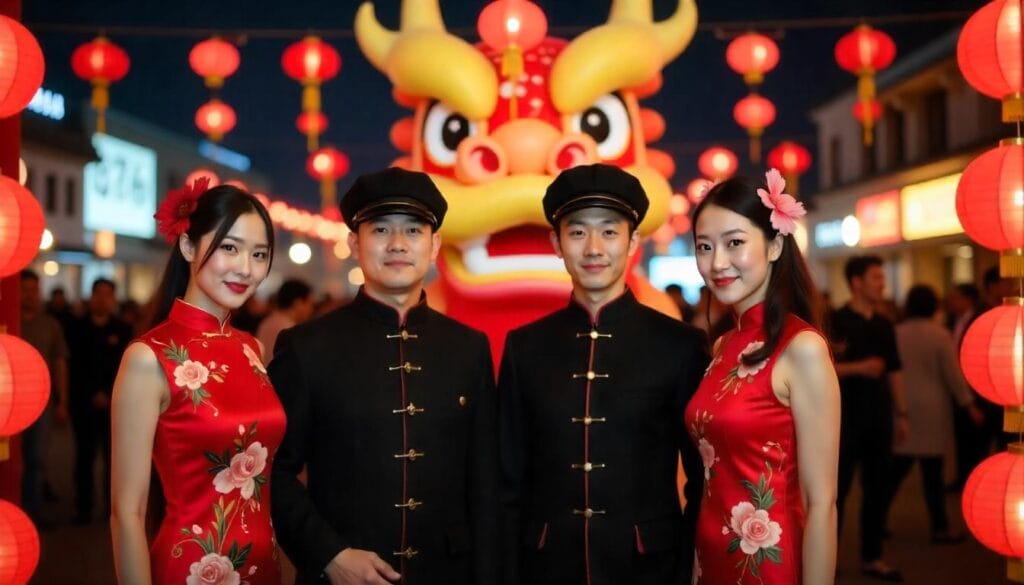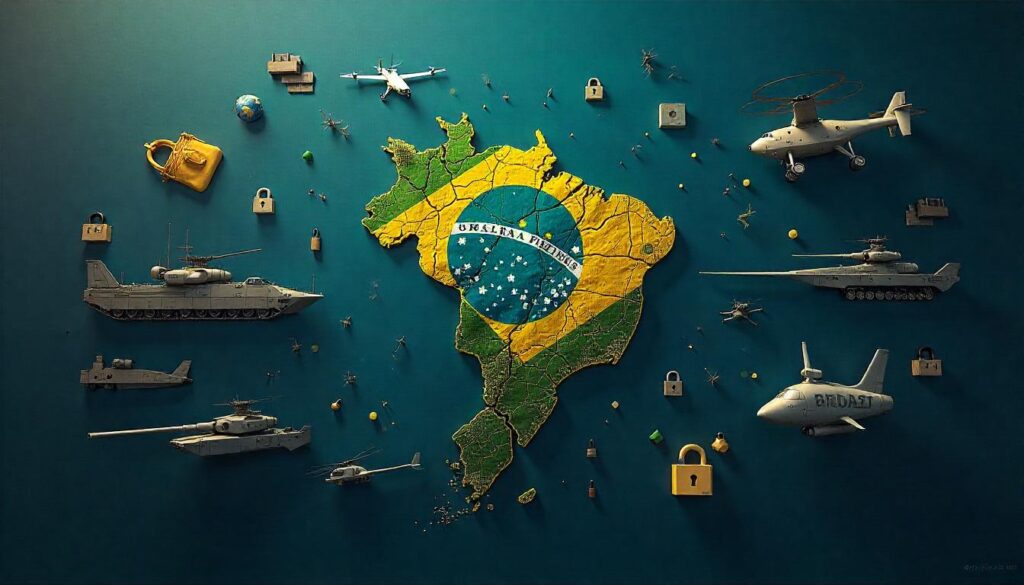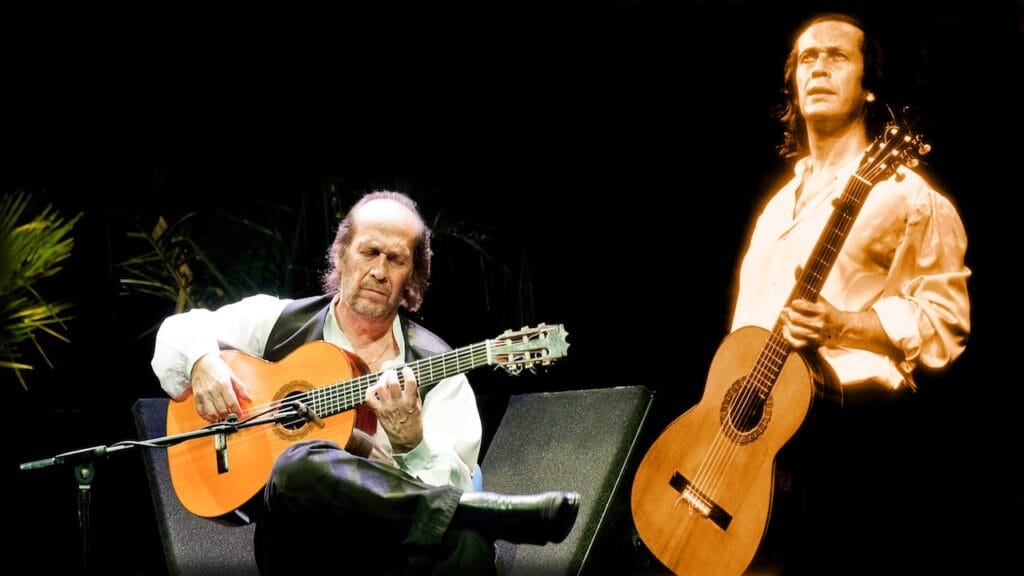Celebrating the New Year with Tradition
The Lunar New Year, also known as the Spring Festival, is one of the most important festivities for millions of people, especially in Asia. The celebrations are full of vibrant traditions that spread across countries such as China, Vietnam and South Korea. This season is marked by family gatherings, where the ritual of cleaning the house becomes symbolic, representing the expulsion of negative energies and the welcoming of a prosperous new year. The festivities include dragon dances, fireworks and a profusion of typical foods that carry deep meanings.
The colors red and gold predominate in the decorations, symbolizing joy and wealth. Red envelopes, known as “hongbao” in China, are given as gifts, bringing luck and prosperity to those who receive them. Another fascinating element is the legend of the “Nian Monster”, who haunted the villagers until they discovered that he feared noise and the color red, which gave rise to celebrations full of sound and light. These traditions not only preserve the culture, but also attract tourists from all over the world who come to experience this magic.

Colors, Symbols and Enchanting Stories
As the world becomes more globalized, the Lunar New Year has also spread beyond Asian borders. Cities such as New York, London and Paris now hold major festivals, with parades and celebrations that enrich the cultural fabric of these metropolises. The connection between tradition and the new generations is evident, as many young people get involved in practices that promote understanding and respect between cultures, turning the Lunar New Year into a truly global event.
While the Lunar New Year celebrations unite people from different cultures, the fast train revolution has transformed the way we experience these festivities. Countries that have invested heavily in rail infrastructure, such as China and Japan, have witnessed a significant increase in tourism and mobility during the festivities. High-speed trains not only shorten distances, but also offer a comfortable and efficient experience, allowing families and friends to come together to celebrate the Lunar New Year.

A World Connected by Celebration
In China, for example, the high-speed train system is a true engineering masterpiece. During the New Year period, millions of Chinese use these trains to return to their hometowns, making the train stations a microcosm of joy and excitement. Journeys that used to take days can now be made in a matter of hours, allowing people to make more trips and take part in more celebrations. The economic impact of this phenomenon is undeniable, as the festivities attract significant investment in tourism and commerce.
In addition, the interconnection provided by the fast trains promotes an unprecedented cultural exchange. Regions that were once isolated now have the opportunity to share their traditions and customs, further enriching the Lunar New Year celebration. This creates an environment of mutual learning and understanding, where people not only celebrate their own cultures, but also have the opportunity to engage with the traditions of others. The fast train revolution, therefore, is not just about speed, but about connecting hearts and minds in a world that yearns for unity.
The magic of the Lunar New Year and the fast train revolution offer us a glimpse of how tradition and innovation can coexist harmoniously. While ancient traditions continue to enchant and unite people around the globe, the mobility provided by high-speed trains transforms our experiences, making them more accessible and memorable. In an ever-changing world, it is essential to value our cultural roots while embracing the innovations that connect us and enrich our lives. Celebrating the Lunar New Year, therefore, is also about celebrating our role in an interconnected world, where every journey can become a new story to be told.











